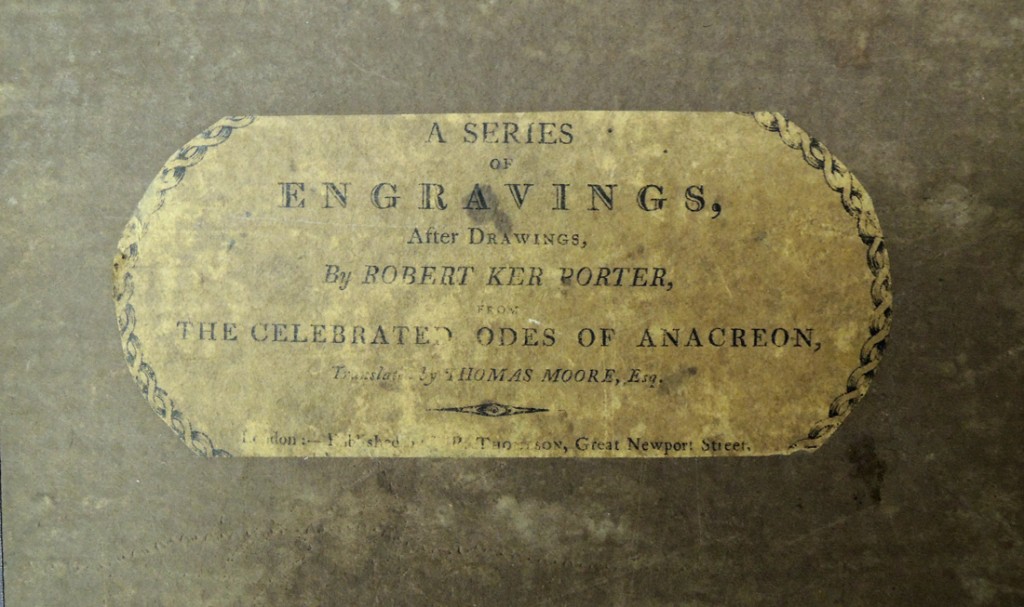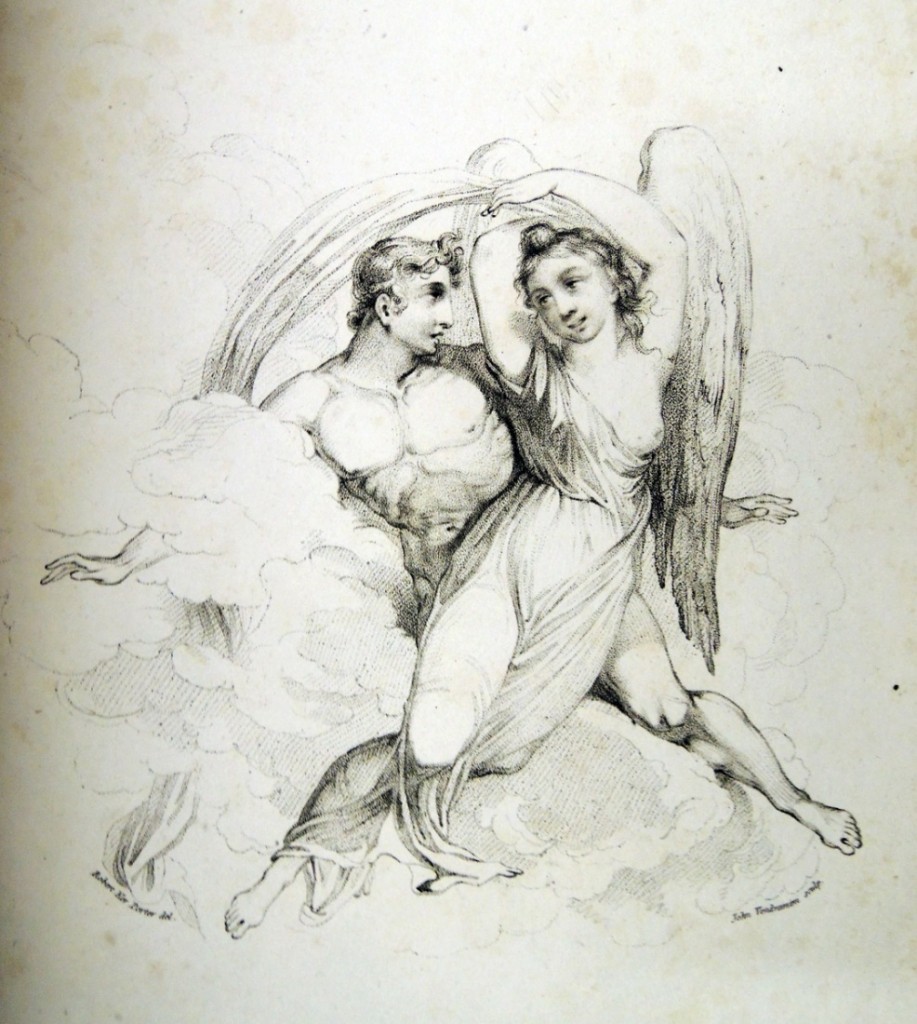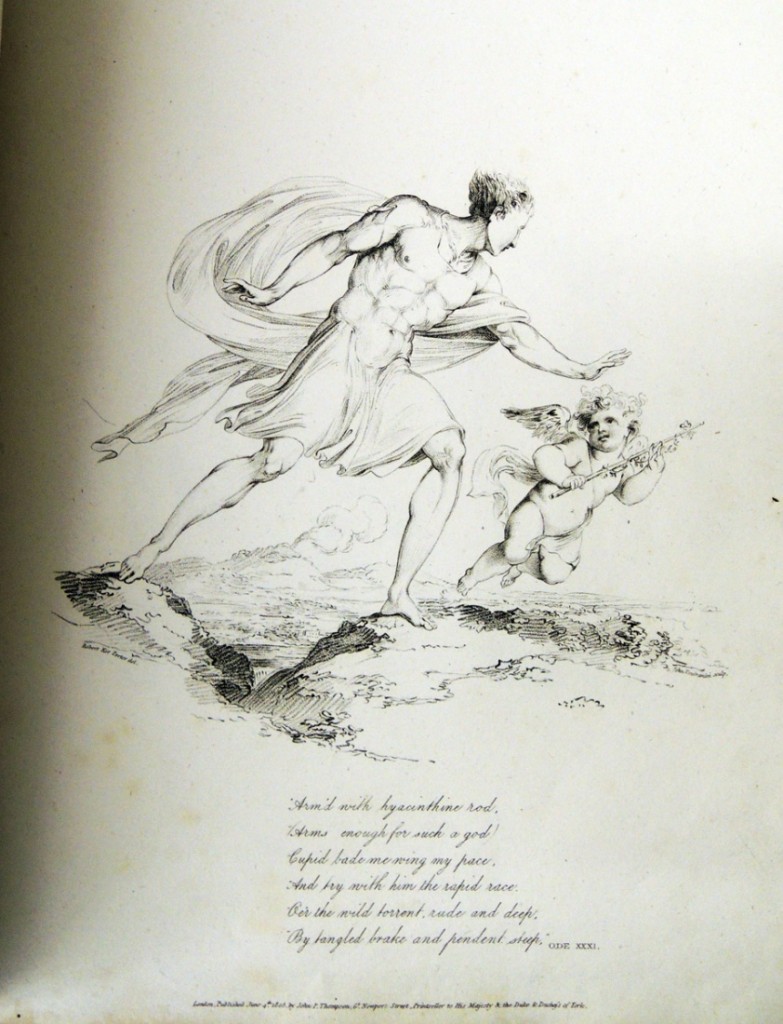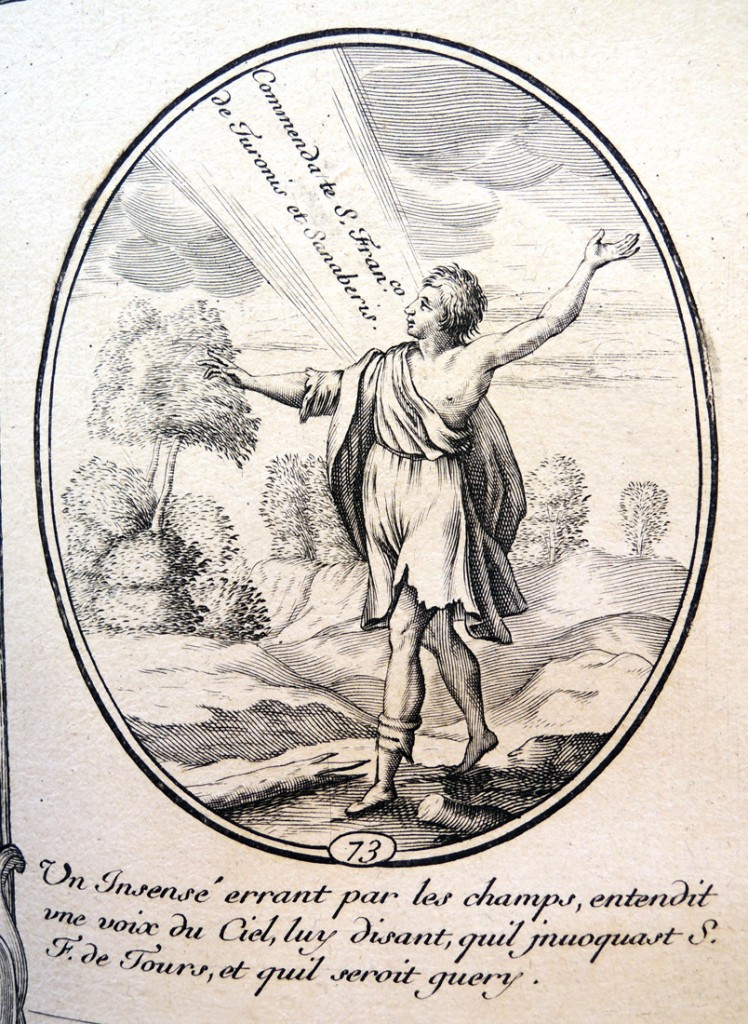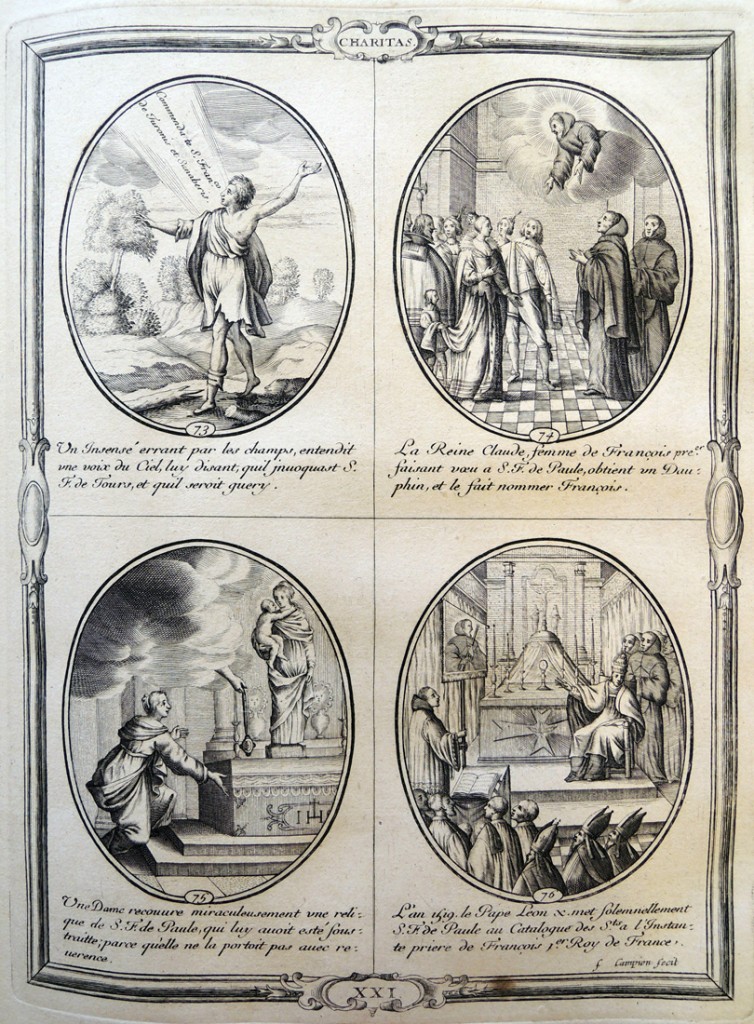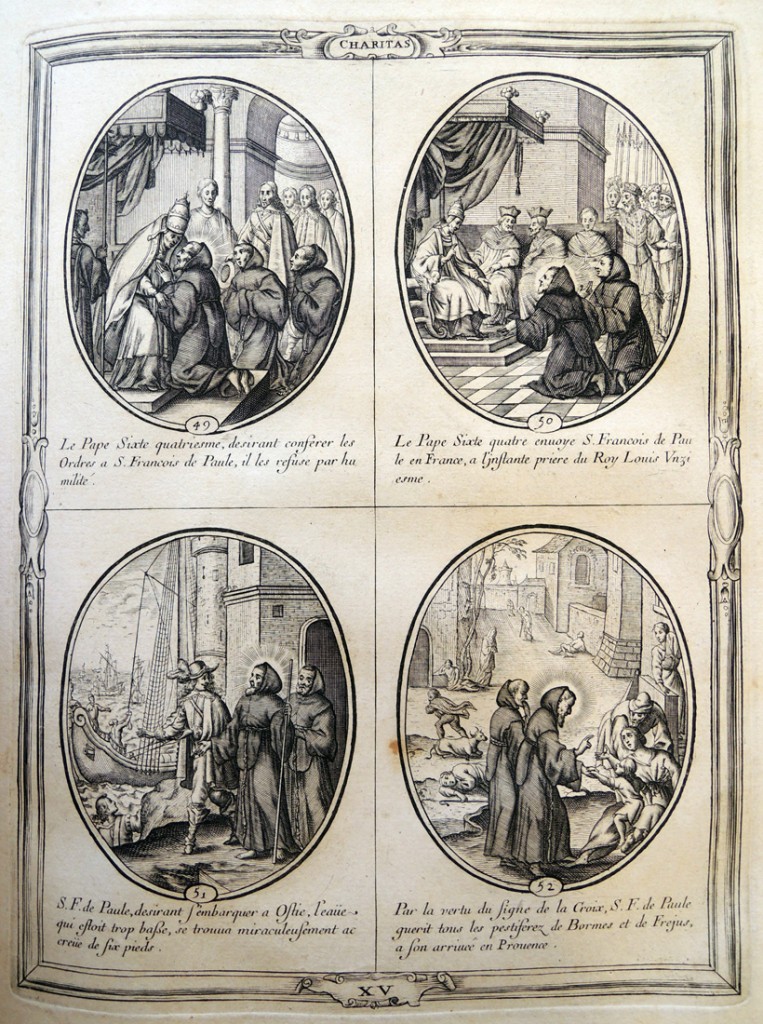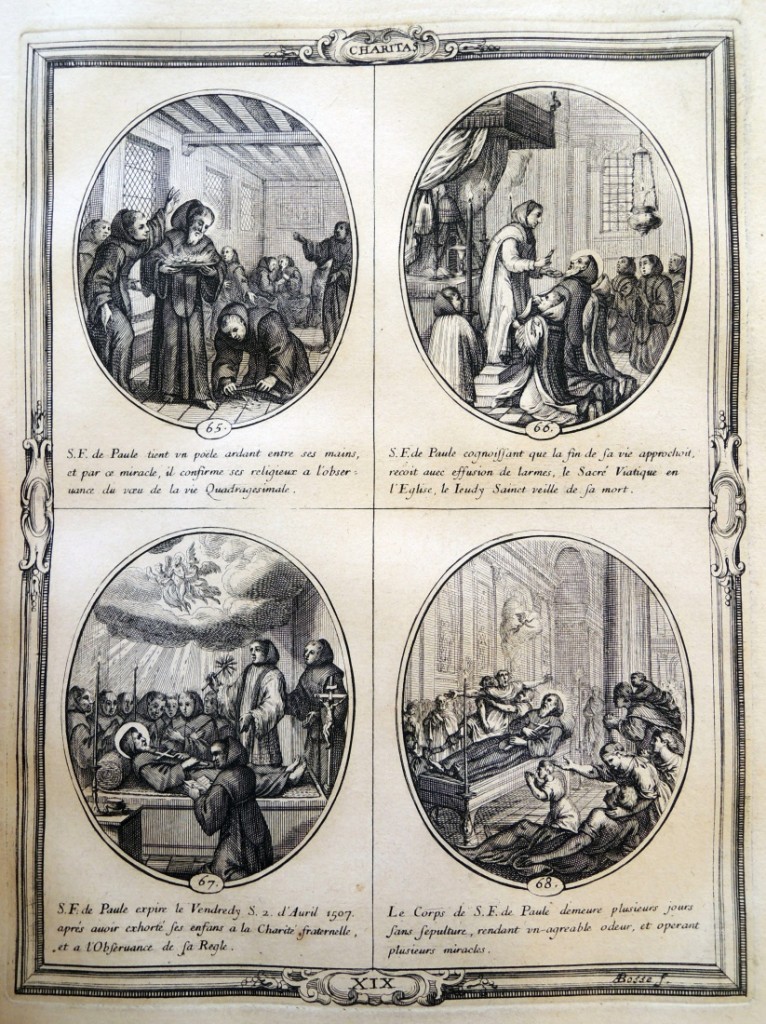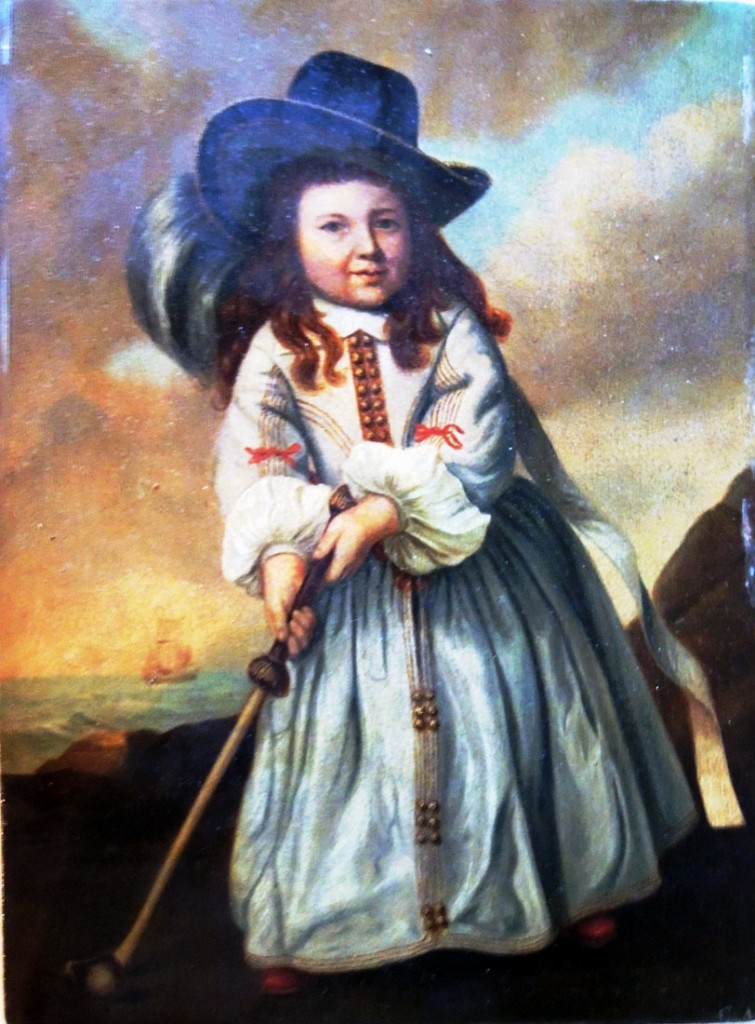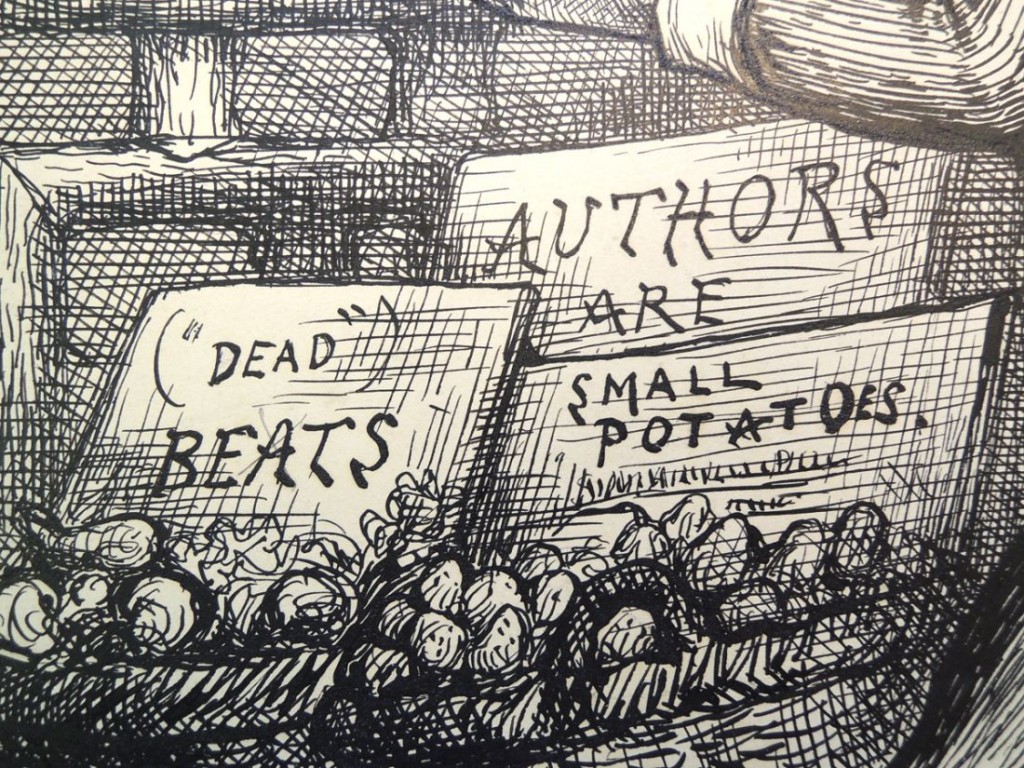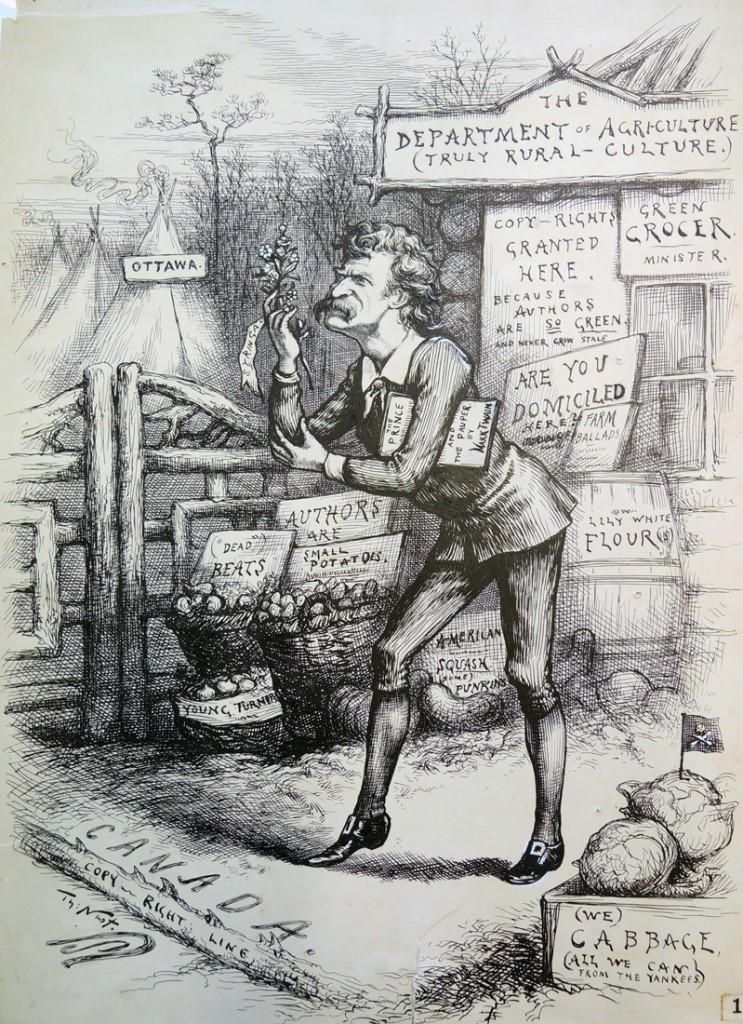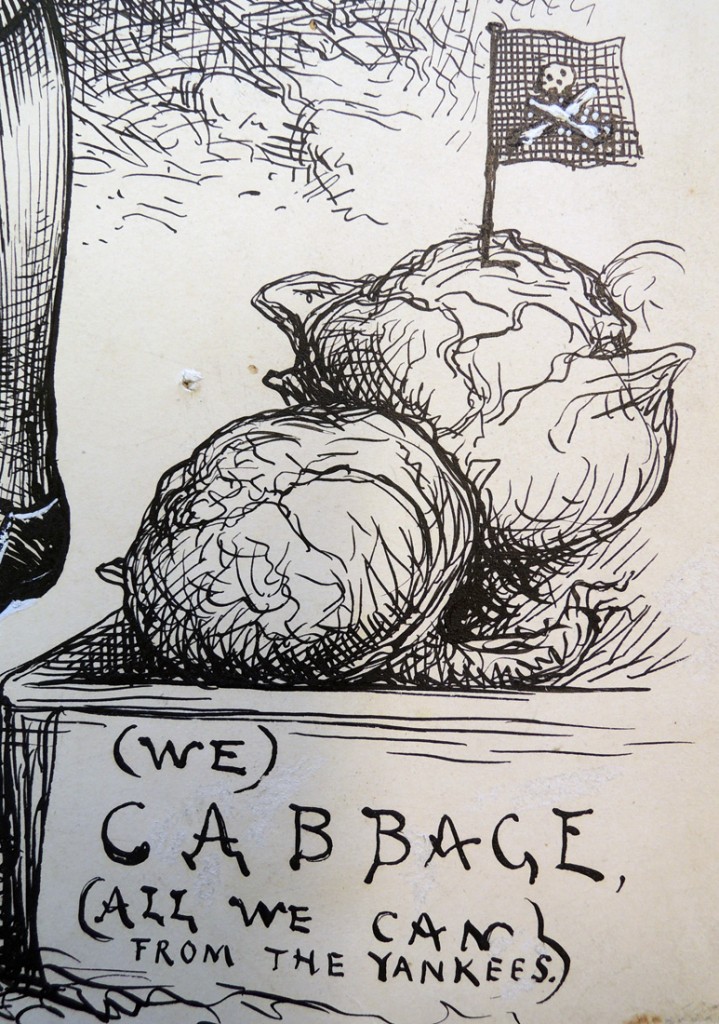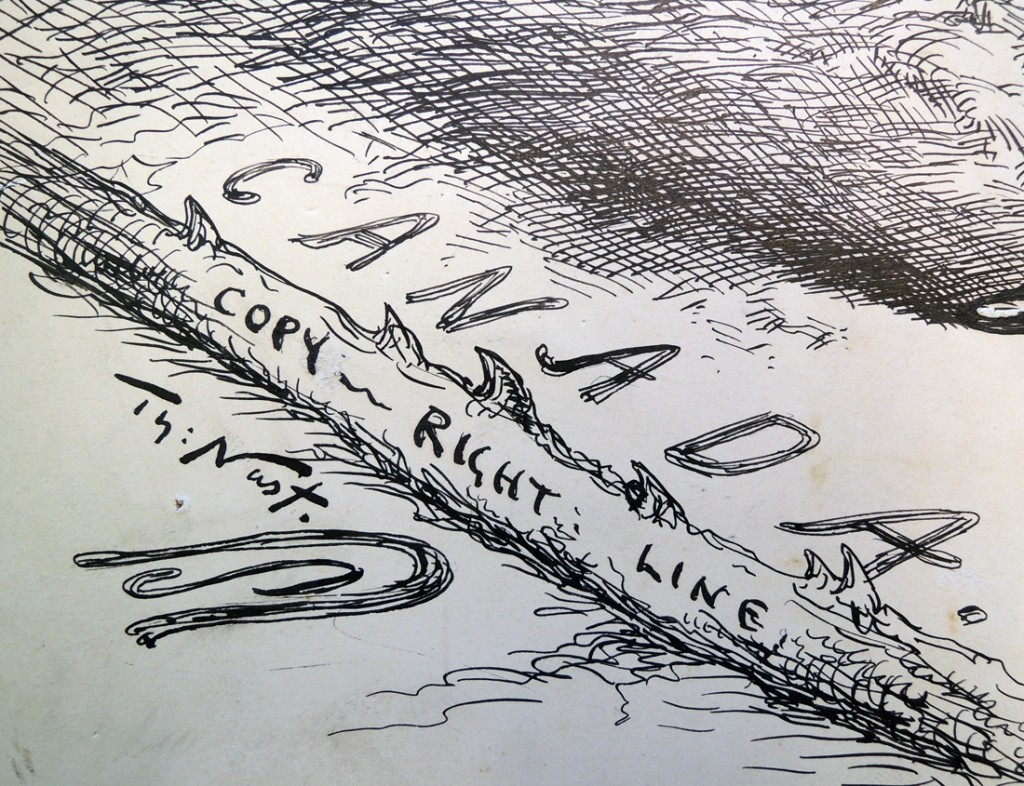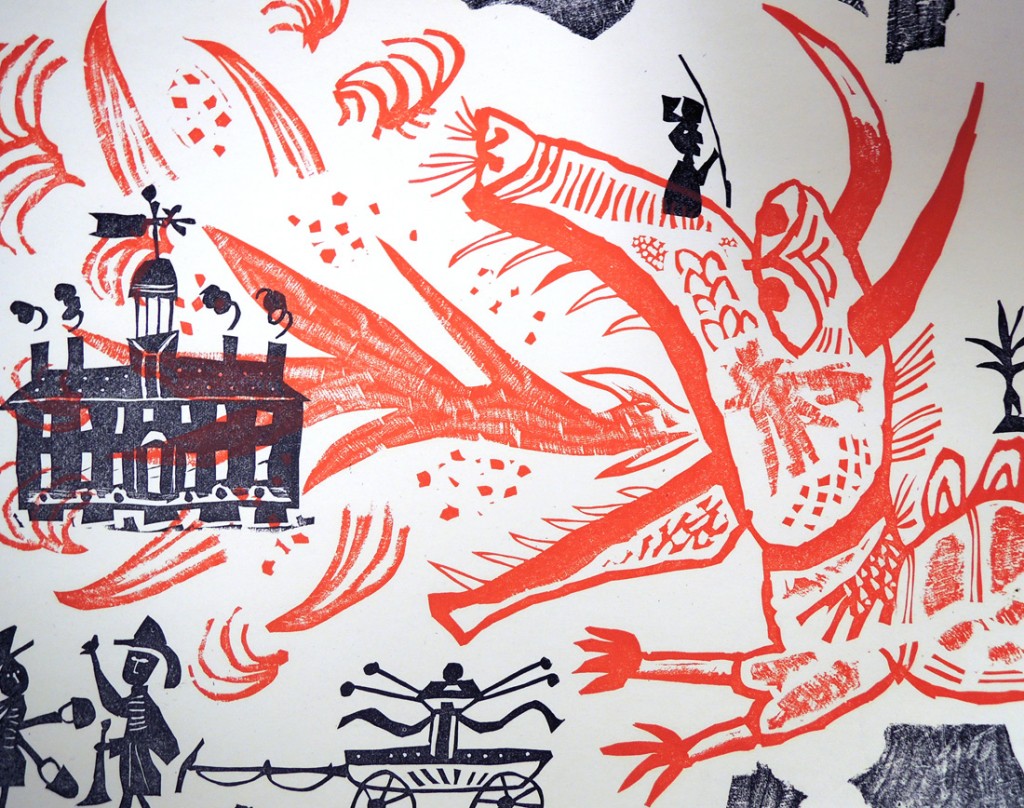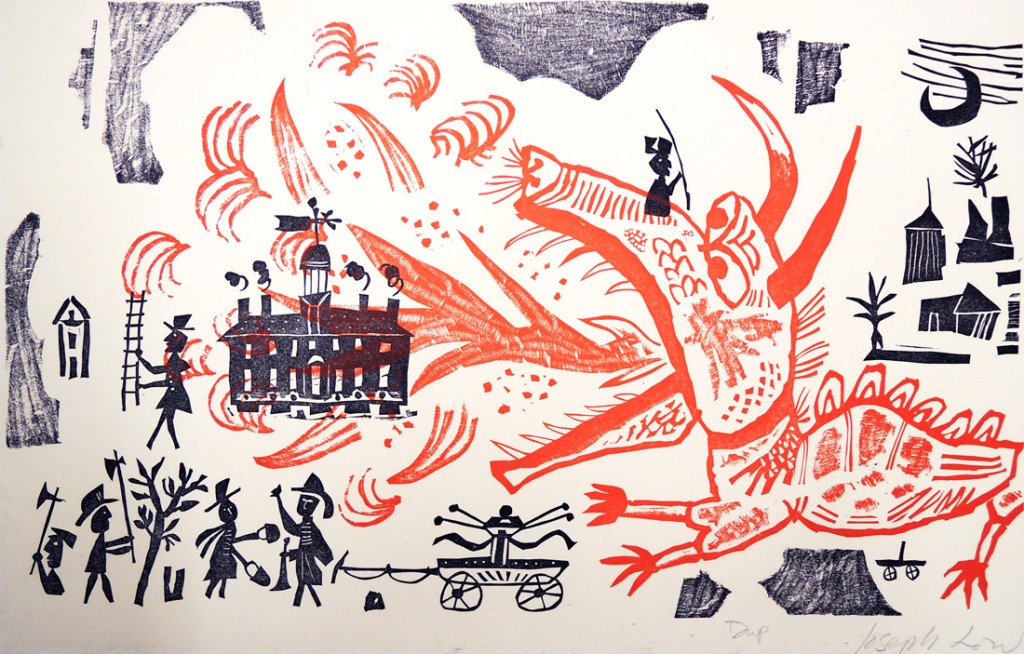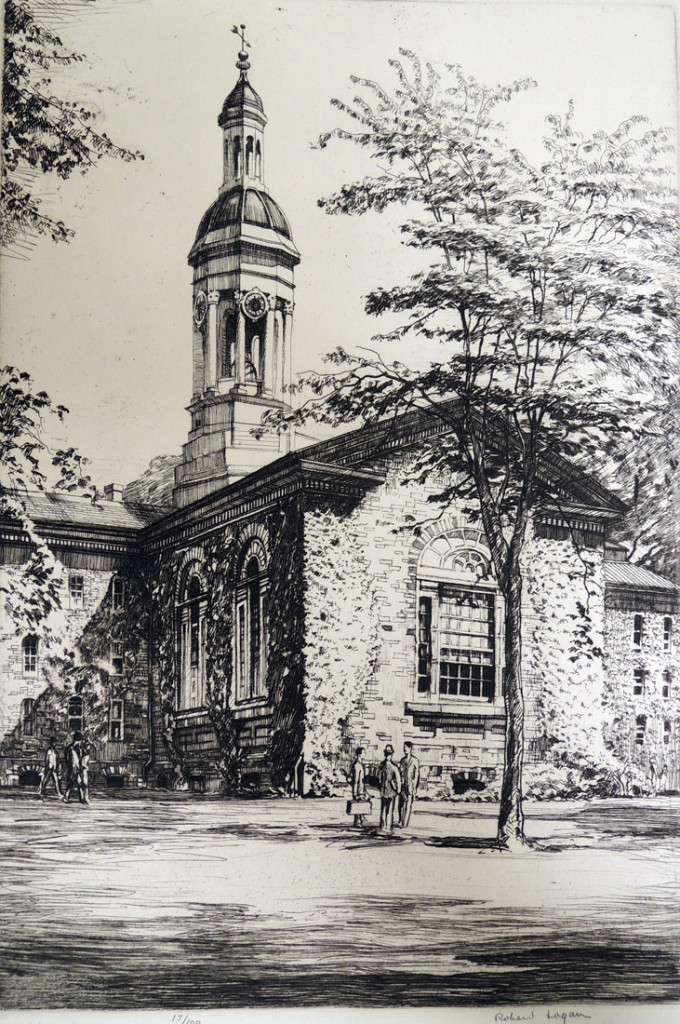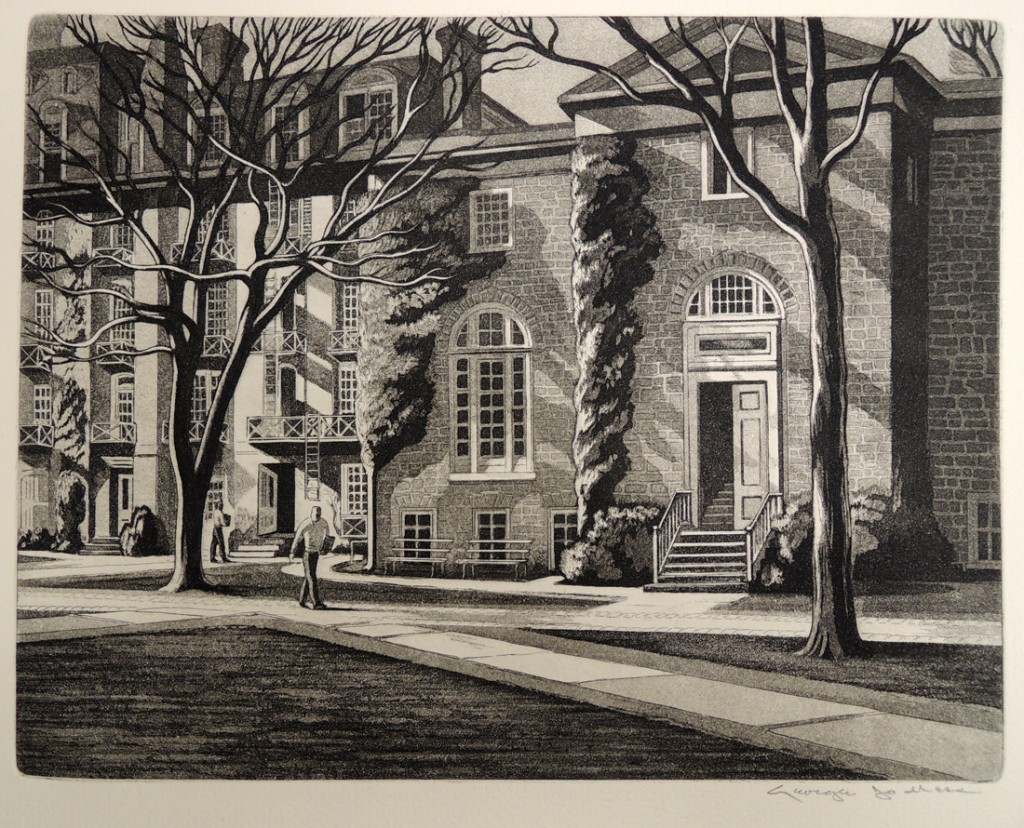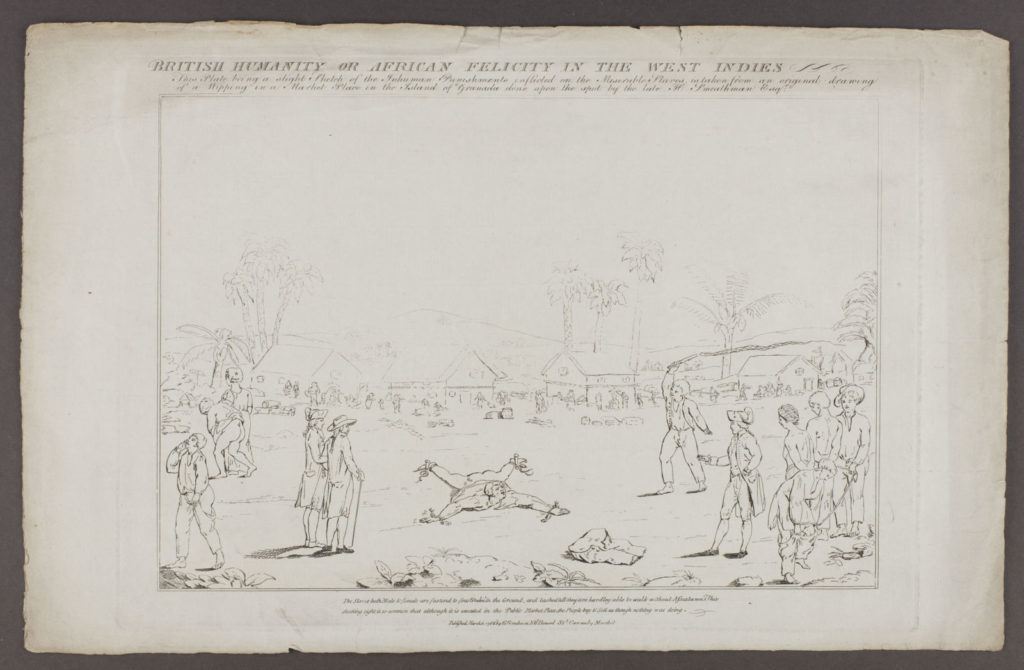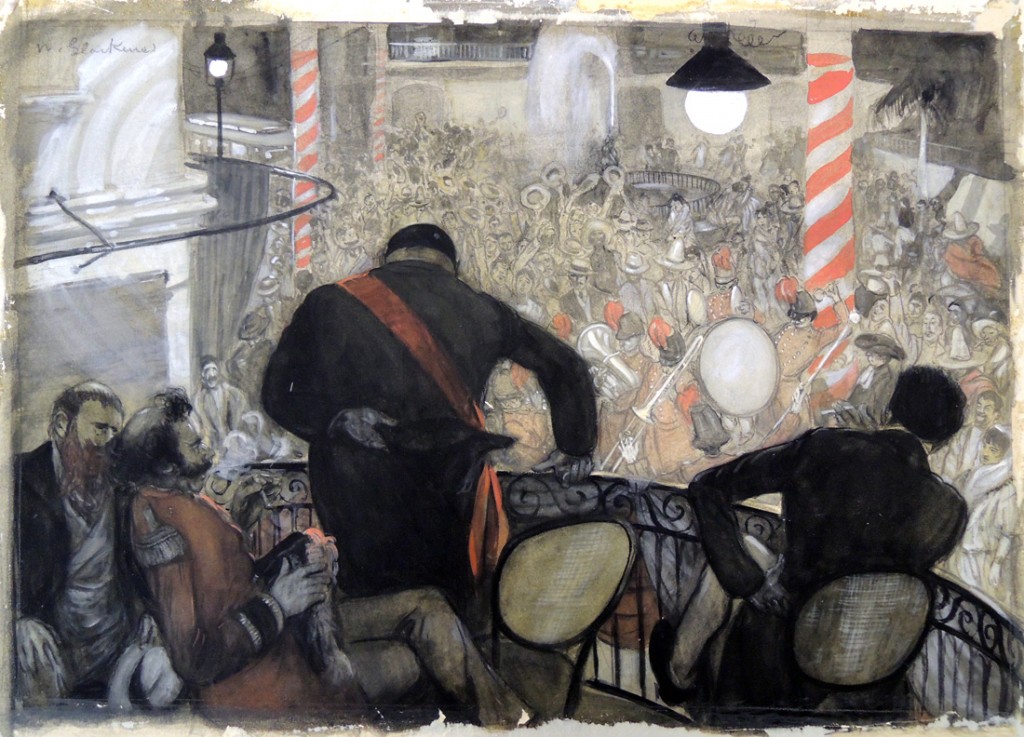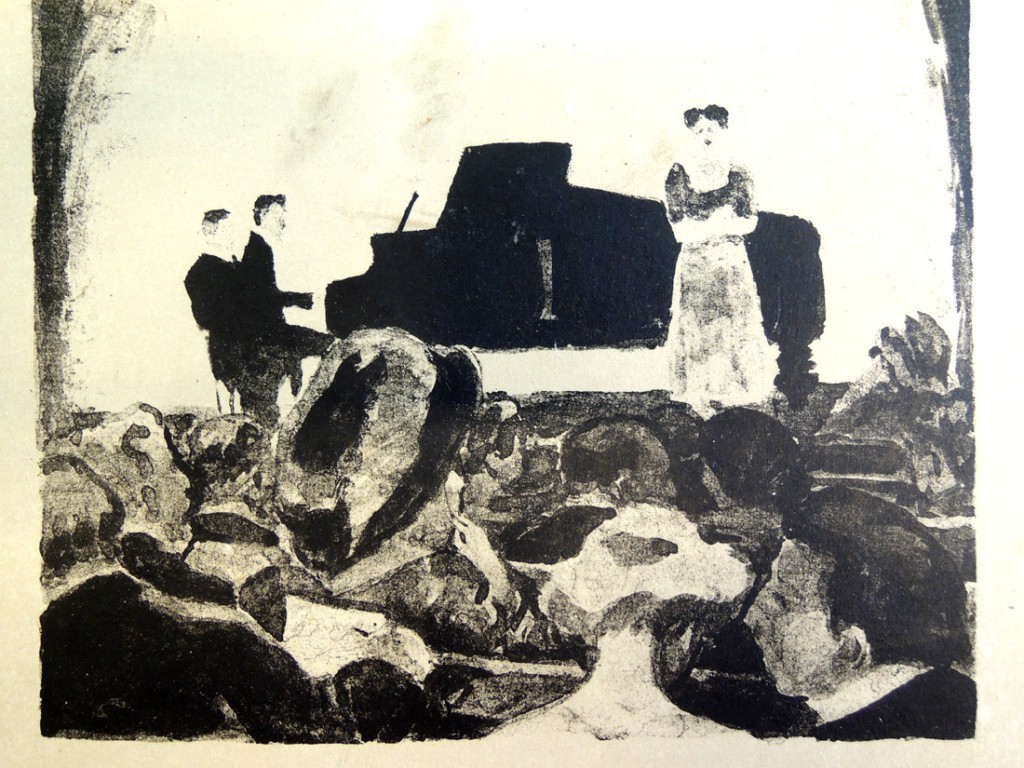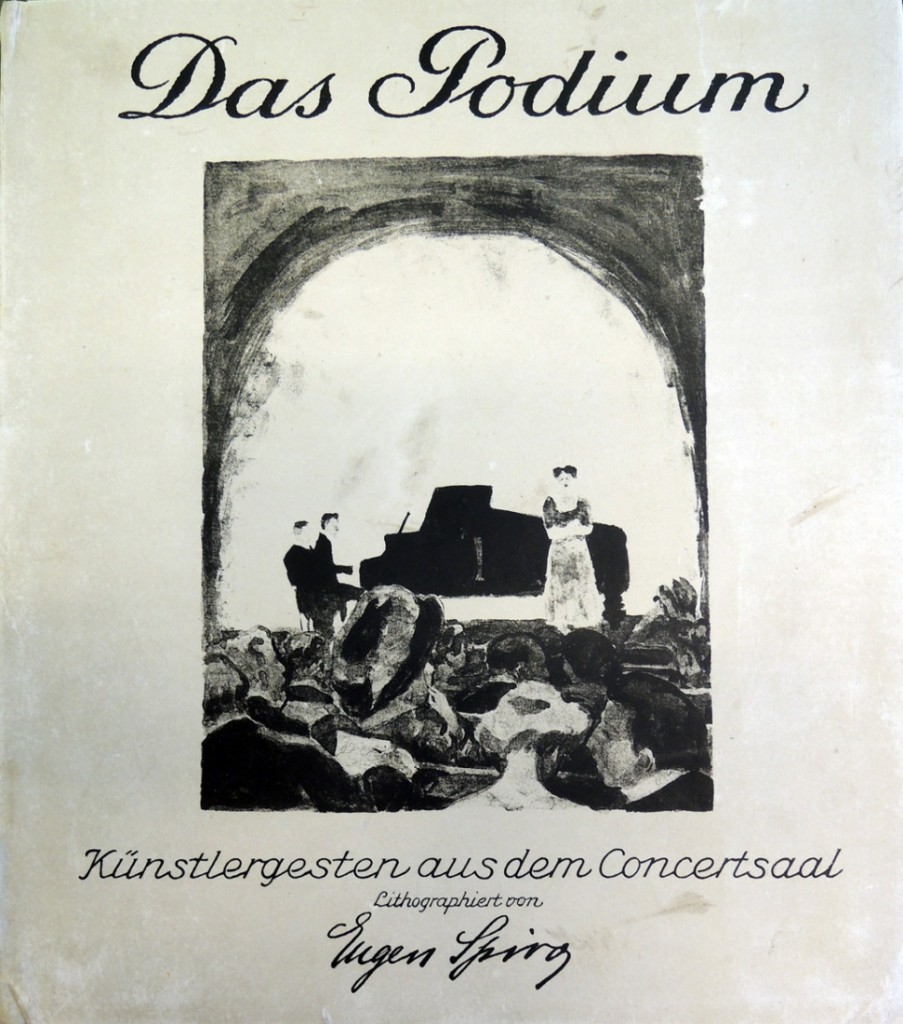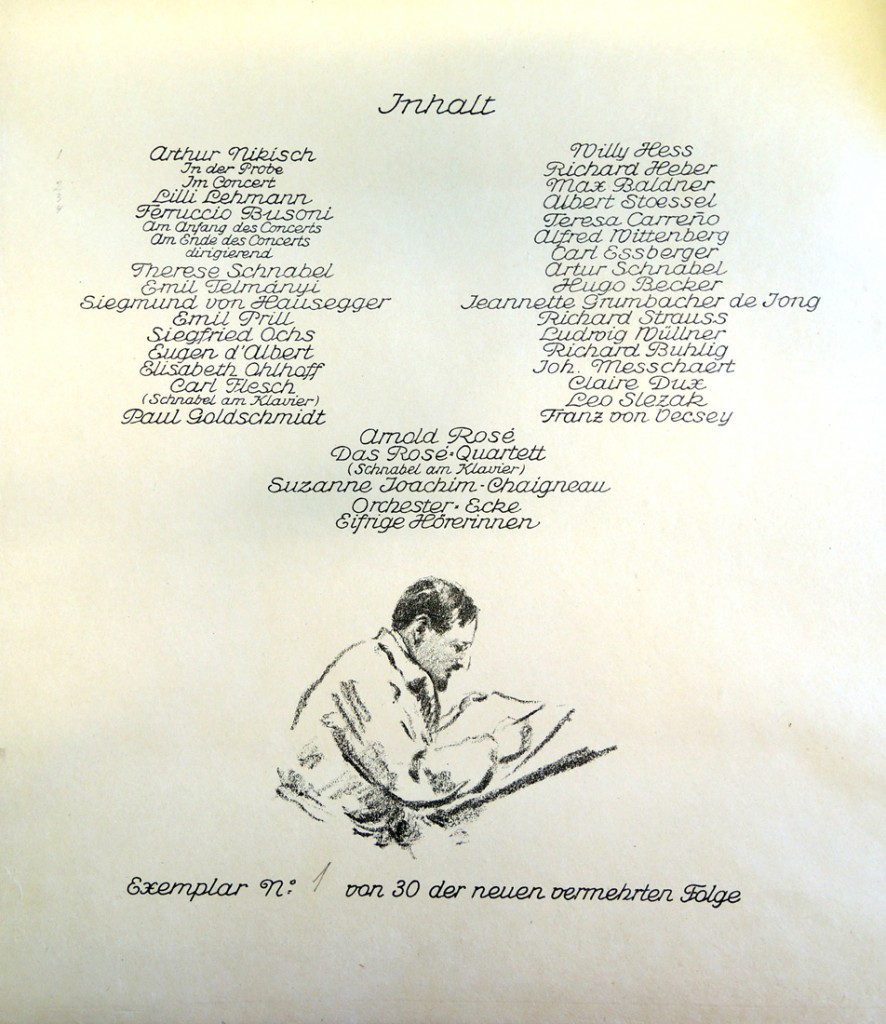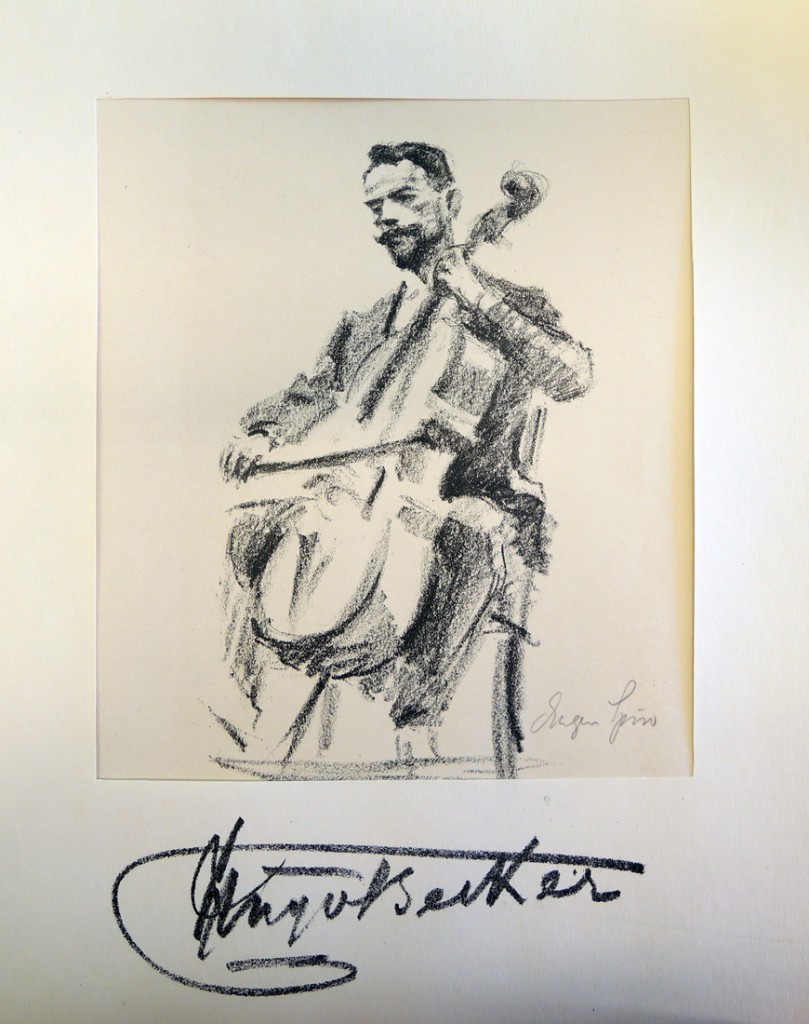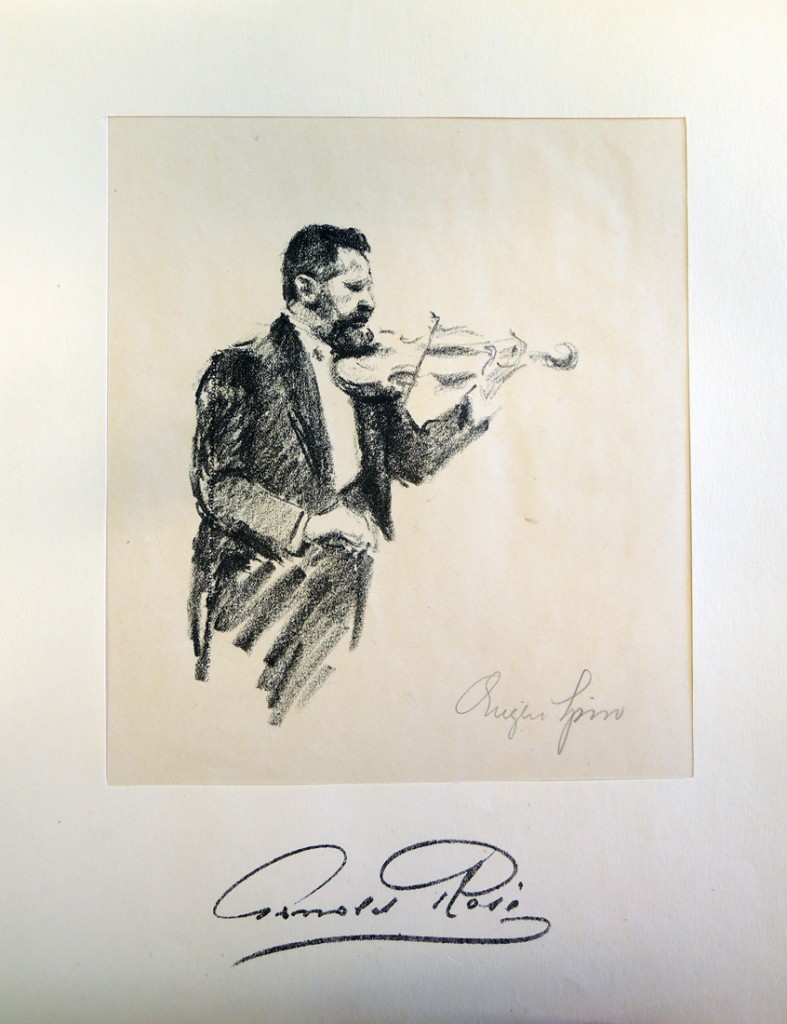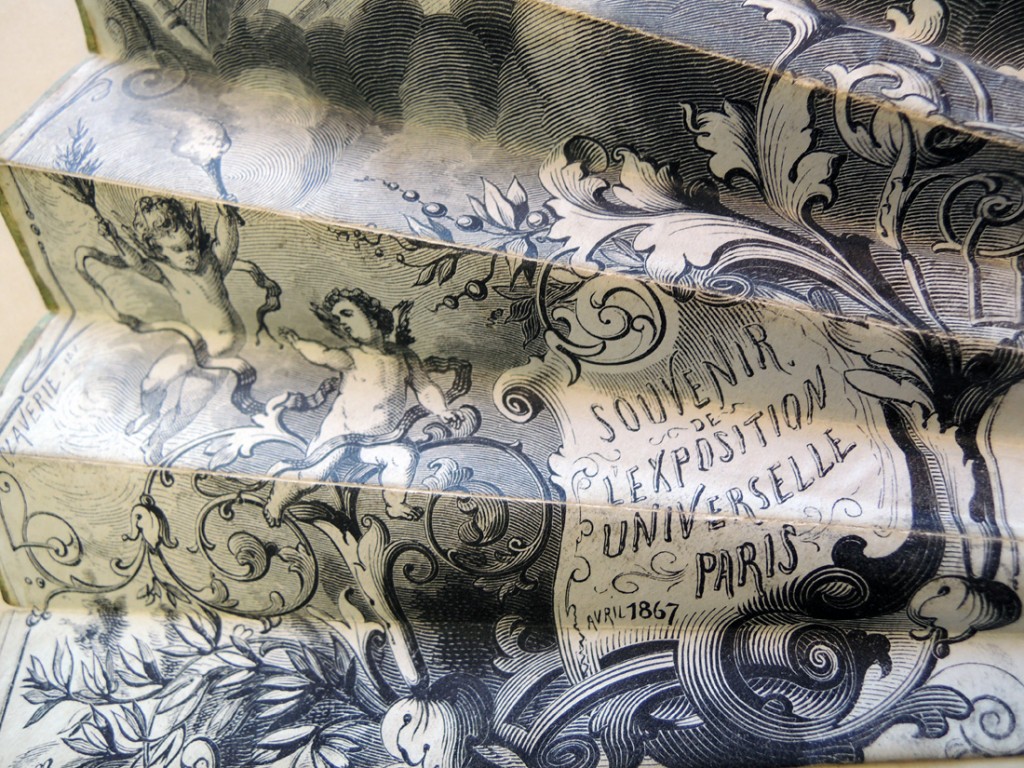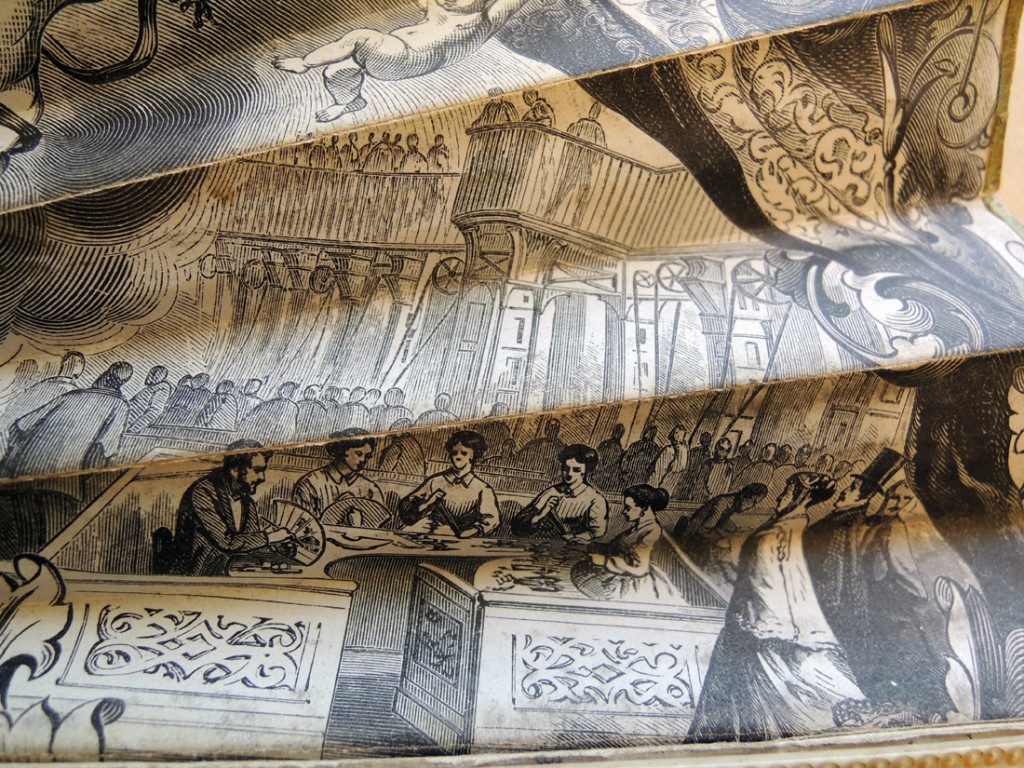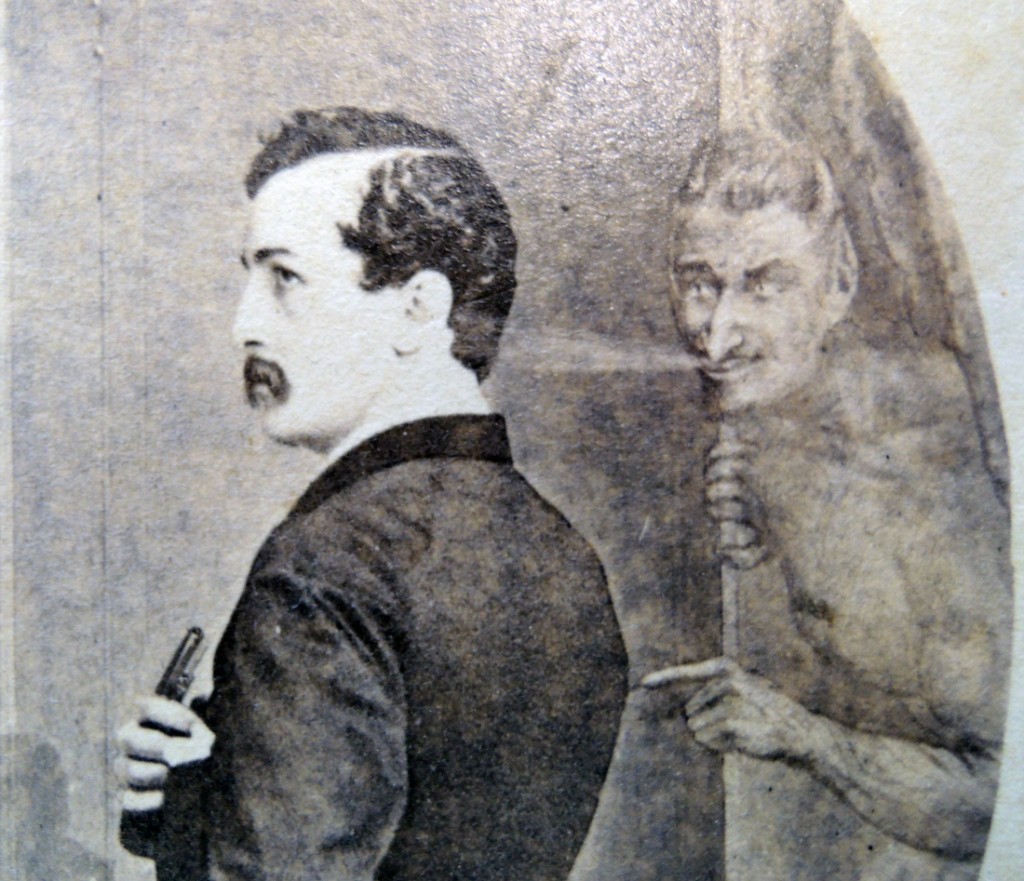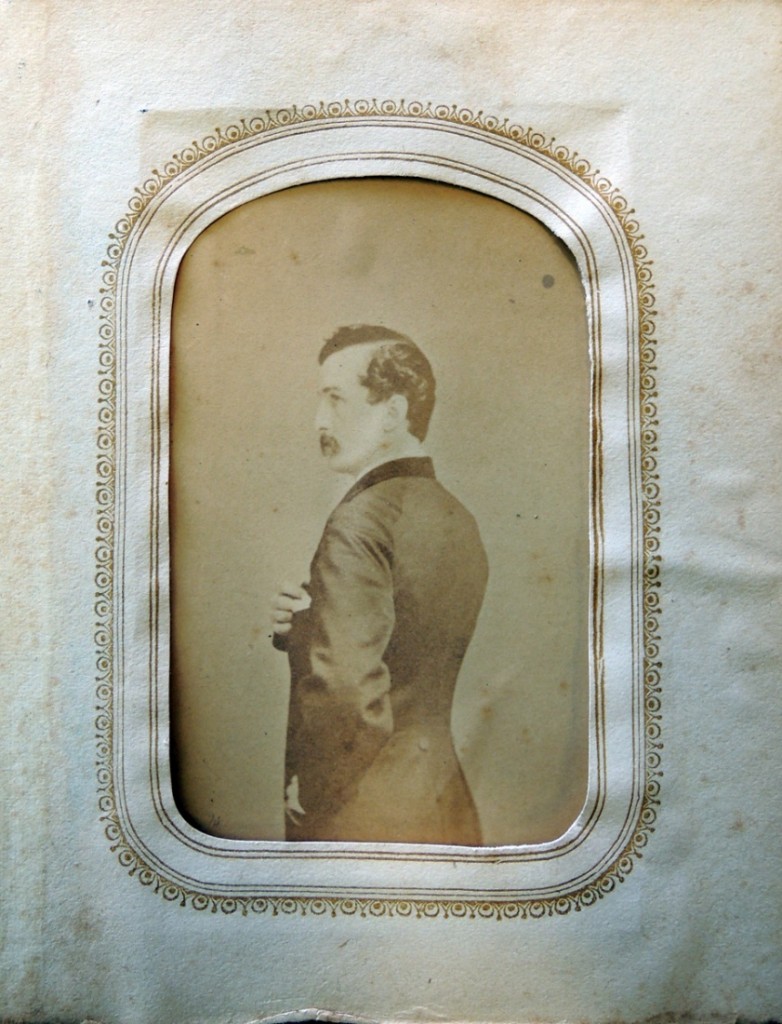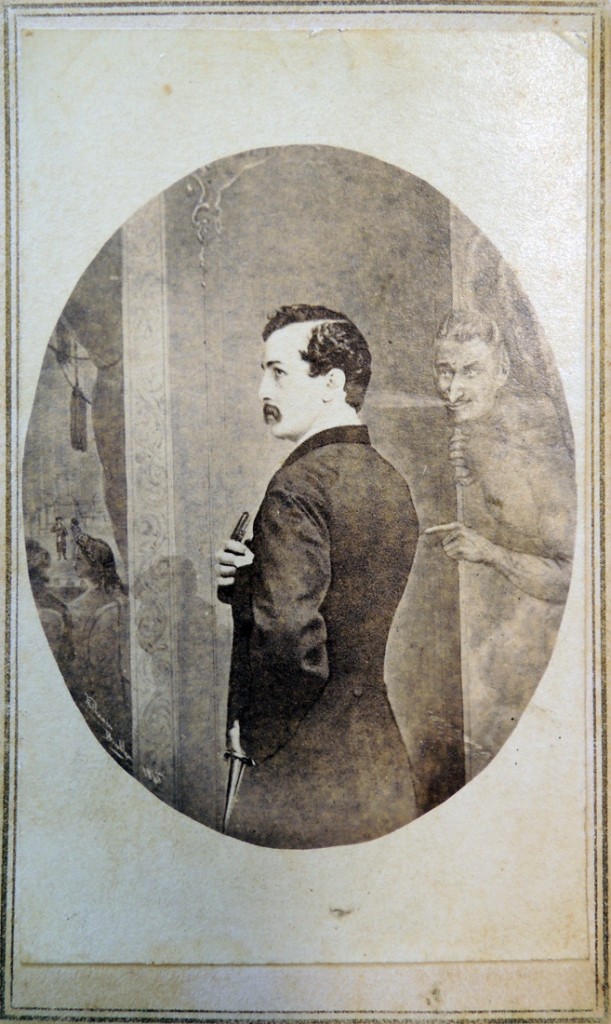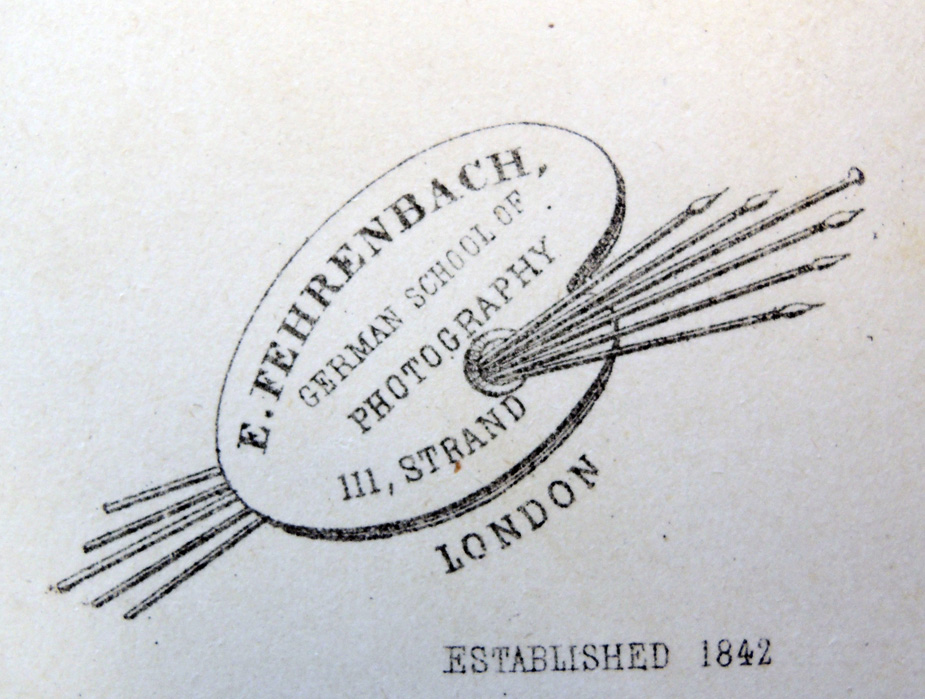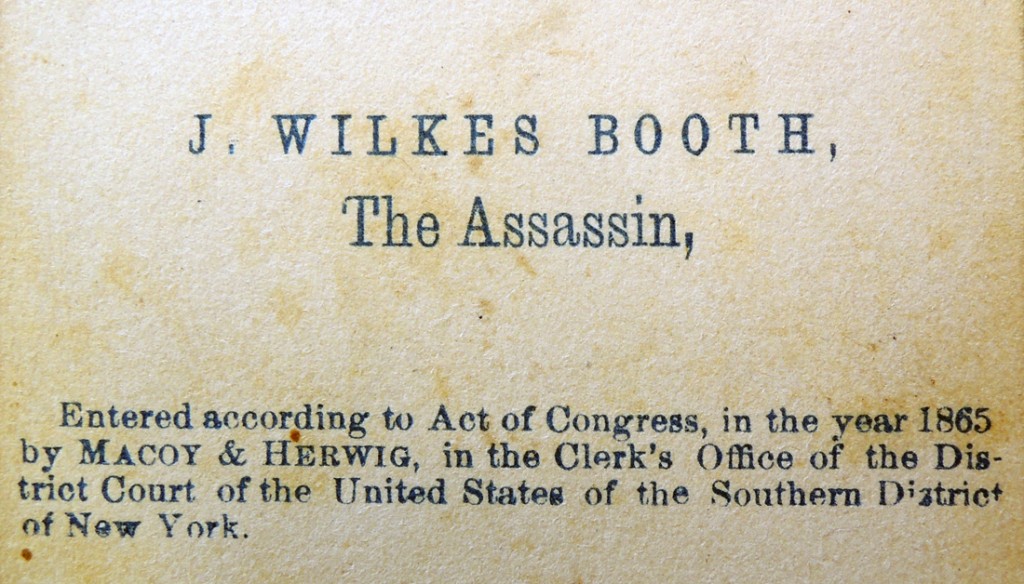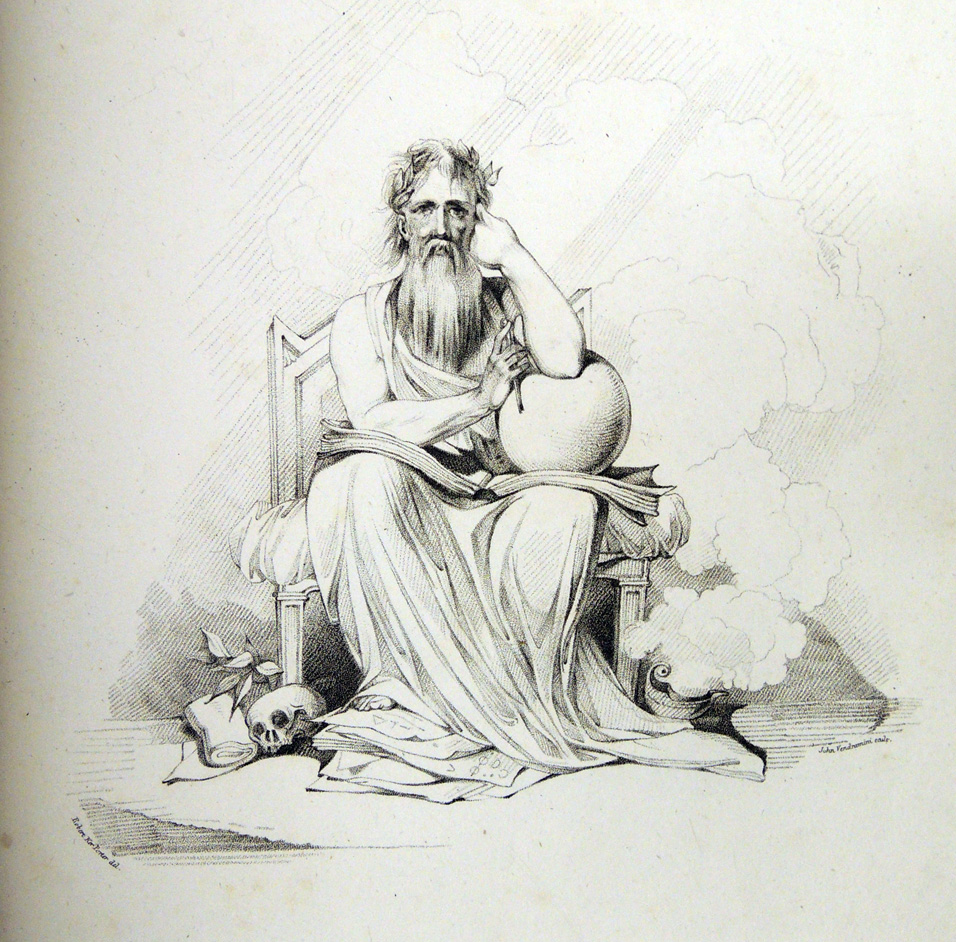 Giovanni Vendramini (1769-1839) after drawings by Robert Ker Porter (1777-1842), A Series of Engravings after Drawings … from the Celebrated Odes of Anacreon, translated by Thomas Moore, Esq. (London: John P. Thompson, [1805]). Soft-ground etchings.
Giovanni Vendramini (1769-1839) after drawings by Robert Ker Porter (1777-1842), A Series of Engravings after Drawings … from the Celebrated Odes of Anacreon, translated by Thomas Moore, Esq. (London: John P. Thompson, [1805]). Soft-ground etchings.
Graphic Arts Collection 2014- in proces
This suite of 26 soft-ground etchings by Giovanni Vendramini reproduces the drawings of Sir Robert Porter. The plates are variously dated 1803 to 1805 although Porter may have begun the drawings as soon as the Moore translation was published in 1800.
The Scottish artist Sir Robert Ker Porter (1777-1842) had an international life and career. He served with the British army in Spain before being knighted by Gustav IV of Sweden (1806); by the Prince Regent (1813); and receiving the order of the Lion and the Sun by the Qajar ruler Fath Ali Shah.
Give Me the Harp of Epic Song by Anacreon (570-488 B.C.E.) translated by Thomas Moore
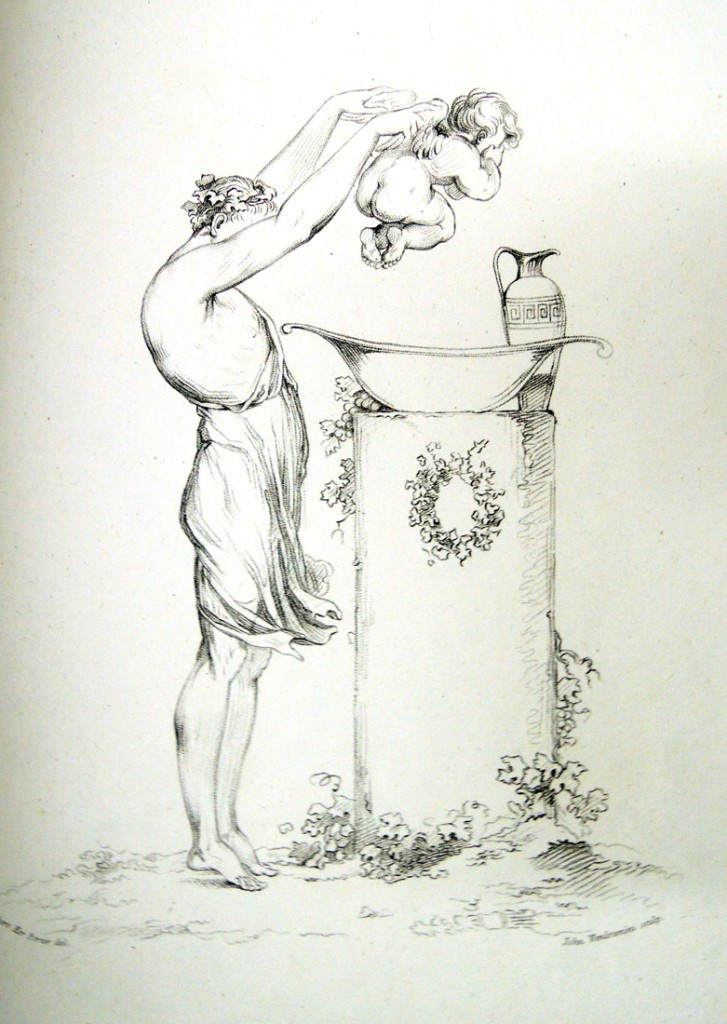 Give me the harp of epic song,
Give me the harp of epic song,
Which Homer’s finger thrill’d along;
But tear away the sanguine string,
For war is not the theme I sing.
Proclaim the laws of festal rite,
I’m monarch of the board tonight;
And all around shall brim as high,
And quaff the tide as deep as I!
And when the cluster’s mellowing dews
Their warm, enchanting balm infuse,
Our feet shall catch th’ elastic bound,
And reel us through the dance’s round.
Oh Bacchus! we shall sing to thee,
In wild but sweet ebriety!
And flash around such sparks of thought,
As Bacchus could alone have taught!
Then give the harp of epic song,
Which Homer’s finger thrill’d along;
But tear away the sanguine string,
For war is not the theme I sing!
Anacreon (570-488 B.C.), Odes of Anacreon, translated into English verse with notes by Thomas Moore (London: Printed for John Stockdale, 1800). Rare Books: Oversize (Exov) 2571.2800

